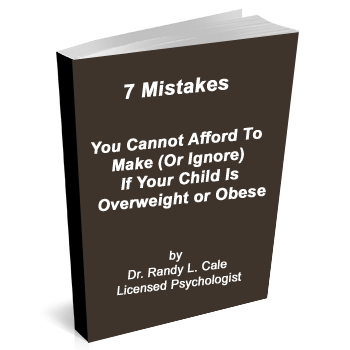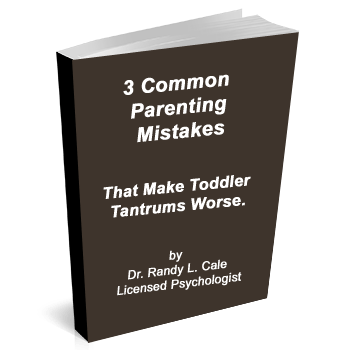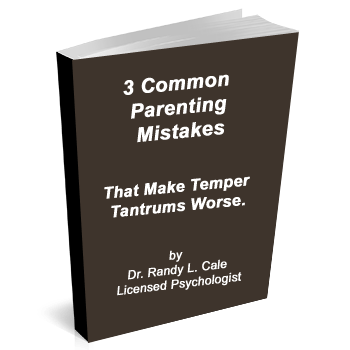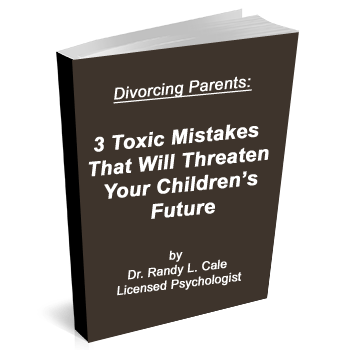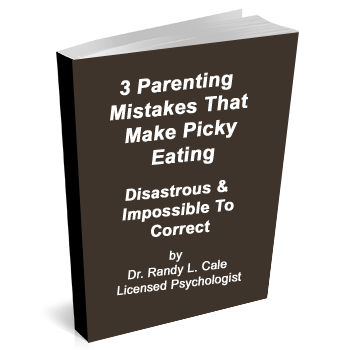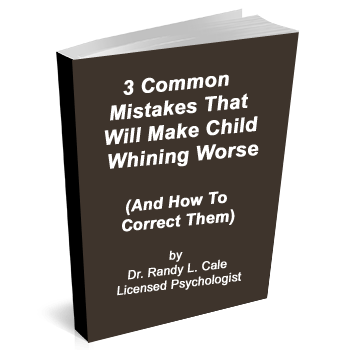Parents often express concerns about their kid’s behavior, but are uncertain as to whether or not they have a problem that they can influence? They get frustrated, or worried, or feel upset with their children. Sometimes parents read books, talk to friends, even take part in counseling and still see little change in their children’s problem behavior. They become discouraged about the potential for positive change.
I believe that pattern recognition is the key. When you recognize an underlying pattern of behavior, you can respond more effectively and consistently to bring about change. If you master the skill of pattern recognition, you’ll be able to make decisions with greater clarity and ease.
How To Recognize Problem Patterns!
For example, suppose your son comes home from school and tells you that his friend called him a name. He’s upset. You discuss it with him and he feels better.
The next day he tells you that another friend treated him unfairly. He cries. You hug him and he feels better.
A few days later he complains about his teacher. You listen intently to his problem and try to provide feedback. He complains that his sister has taken his toy. You intervene and discuss the problem with both children. After much effort, it’s resolved.
What’s the pattern here? The child is upset. The child is never allowed to have the upset without parental attention, and therefore the upset pulls the parent into it. The upset becomes like a magnet. And the child feels better.
Suppose this pattern continues, with an ever-increasing number of discussions around your son’s concerns? We care when our children are upset and we want them to feel better. But if we’re constantly drawn into their problems, we might not recognize an emerging pattern, in which undesirable behavior is growing. Despite all your efforts to help him, your son is not getting any better at resolving his age-appropriate struggles. He needs to learn this skill if he’s to grow into a happy and successful adult.
The pattern is that you consistently give attention to behaviors and emotions you’d like to eliminate. You’re repeatedly pulled into problems that your son should be working out for himself. How can you recognize this pattern?
- Are you consistently dealing with emotional upsets that seem to be getting worse?
- Are your discussions about these upsets repetitive; that is, do you offer the same kind of feedback or support from one incident to another?
- Do your children seem to be complaining and seeking support rather than seeking a solution?
- Do they seem almost incapable of hearing what you say and applying your suggestions to their lives?
- Are they becoming more dependent on you instead of developing independence?
- Do you doubt their ability to resolve their upsets?
If you answer “yes” to even a couple of these questions, a pattern is at work.
If we fail to recognize patterns, we keep responding to our children as they struggle with the same issues, day in and day out. We repeat the same messages and have the same discussions. The only difference is that the child gets more emotional as time goes by. We start to think of our kids as “sensitive” or “angry” or “easily upset.”
We’re thrown off by the fact that they calm down during our discussions with them. We’re seduced into believing that our words are reducing their upset. This may be true in the short term, but over the long term, our interventions lead to greater, more frequent upsets. In our effort to help, we’ve become part of the problem.







